National News
Stay updated with the latest National news and trending stories.
75 articles in National category
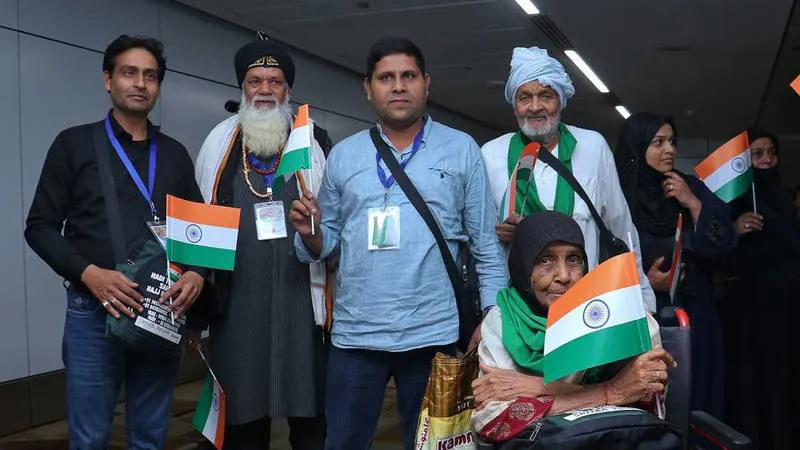
Operation Sindhu: India Leads Regional Evacuation Effort Amid Iran-Israel Conflict.
By Sobiya Banday | Sun Jun 22 2025
Operation Sindhu showcases India’s swift and strategic humanitarian response to the Iran Israel conflict, highlighting its commitment to safeguarding not only its own citizens but also extending support to neighboring countries like Nepal and Sri Lanka. Through coordinated diplomatic efforts, emergency logistics, and regional cooperation, the operation reflects India's growing role as a responsible and dependable leader in crisis management across South Asia.

India Declares End to Indus Waters Treaty, Pakistan Faces Water Crisis
By Daniel Ifeoluwa | Sat Jun 21 2025
In a sudden escalation of bilateral tensions, India's Home Minister Amit Shah announced on June 21, 2025, that the government will never restore the 1960 Indus Waters Treaty with Pakistan. The World Bank-facilitated treaty was tasked with the management of six key rivers, of which western rivers supply approximately 80% of Pakistan's irrigation needs. Salma Raza of Reuters News broke the news live, quoting both Shah and government sources.
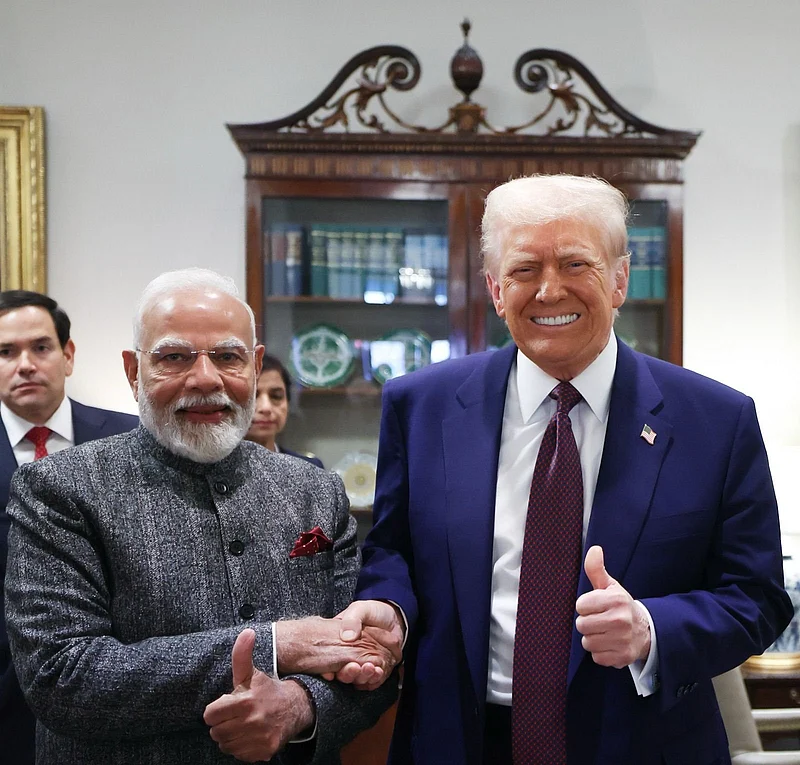
Modi Prioritizes Odisha Over Trump’s Invite: A Message of Culture, Commitment, and Development.
By Sobiya Banday | Sat Jun 21 2025
Modi Chooses Odisha Over Washington Invitation from Trump. During the recent G7 Summit in Canada (June 15-17, 2025), U.S. President Donald Trump extended a personal invitation to Indian Prime Minister Narendra Modi, who was scheduled to visit Odisha on June 20th. Trump suggested that Modi stop by Washington D.C. for a dinner and discussion on his way back from the summit. “Since you’re in Canada, go via Washington… let’s have dinner and talk,” Trump proposed. However, PM Modi politely declined the offer.

Yoga for Humanity 2.0: India’s Vision Echoes Across 191 Countries.
By Sobiya Banday | Sat Jun 21 2025
Global Observance Across 191 Nations. On June 21, 2025, India is leading the world in celebrating the 11th International Day of Yoga across 191 countries with over 2,000 events under the theme “Yoga for One Earth, One Health.”One Earth, One Family, One Future" vision highlighted during its G20 presidency, the ICCR underlined.This year’s observance highlights not just physical and mental wellness but also the importance of global peace, sustainable health practices, and unity. The initiative includes 1,300+ international cities, reflecting the growing global influence of yoga as a cultural and diplomatic bridge. Even cities like Islamabad in Pakistan are hosting events, marking a significant milestone in yoga diplomacy.
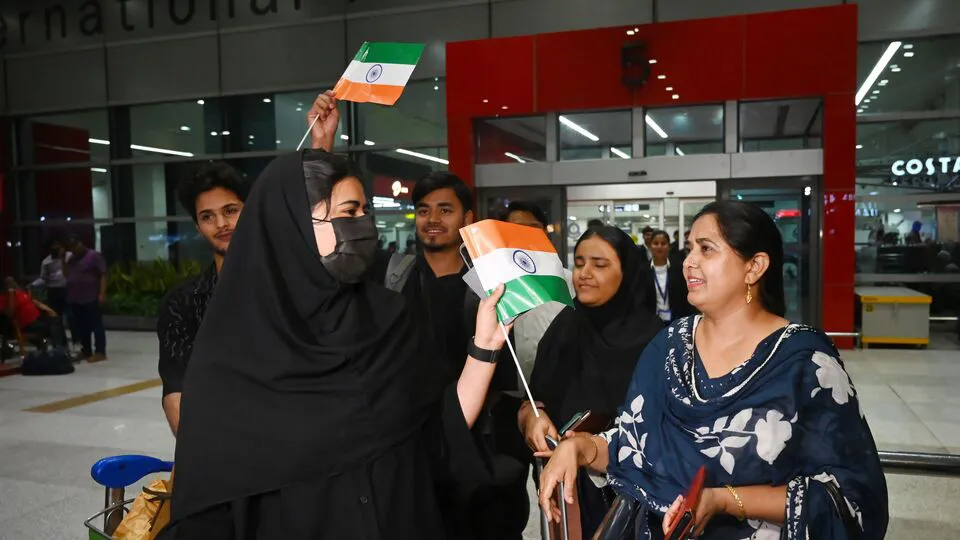
Operation Sindhu: 1,000 Indians Evacuated Safely from Iran Amid Airspace Reopening.
By Sobiya Banday | Sat Jun 21 2025
Operation Sindhu: India’s Swift Response to Crisis in Iran. Following the sudden escalation of tensions between Iran and Israel, including Israeli airstrikes on Iranian territory, Iran closed its airspace, leaving many Indian nationals stranded. In response, the Indian government launched Operation Sindhu on June 18, 2025, to facilitate the safe evacuation of its citizens, particularly students and pilgrims. The Ministry of External Affairs (MEA), in coordination with the Indian Embassy in Tehran, worked rapidly to arrange alternative routes and diplomatic permissions to begin the repatriation process.

FASTag Annual Pass at ₹3,000: Travel 200 Times, Save More on Highways.
By Sobiya Banday | Wed Jun 18 2025
What is the FASTag Annual Pass? The National Highways Authority of India (NHAI) has introduced a new FASTag Annual Pass priced at ₹3,000, covering toll payments for up to 12 months. Announced by Union Minister for Road Transport and Highways Nitin Gadkari, the pass is exclusively for non-commercial vehicles such as private cars, jeeps, and vans. It will be available starting 15 August 2025and will remain valid for one year or 200 toll plaza trips on national highways, whichever comes first. The initiative aims to simplify toll payments for frequent travellers, offering both cost-effective and time-saving benefits.
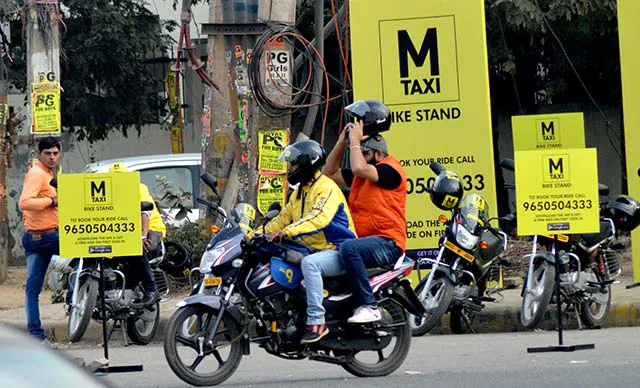
Karnataka Bans Bike Taxis: Over 1 Lakh Riders Jobless Overnight.
By Sobiya Banday | Wed Jun 18 2025
Karnataka Bans Bike Taxis The Karnataka government has enforced a complete ban on bike taxi services operated by private players like Ola, Uber, and Rapido. The decision follows the Karnataka High Court’s ruling that using whiteboard (private) bikes for commercial purposes violates the Motor Vehicles Act. Although a six-week grace period was granted, the ban officially came into effect on June 16, 2025,after a division bench refused to stay the initial ruling. As a result, all major aggregators have suspended their bike taxi operations in the state.

India on Edge: How the Israel-Iran War Threatens Oil, Rice, Trade & Connectivity.
By Sobiya Banday | Tue Jun 17 2025
Impact on Oil and Energy Supply. The ongoing conflict between Israel and Iran threatens to impact India’s energy security significantly. A major concern is the possible disruption of the Strait of Hormuz, a strategic chokepoint through which nearly 65% of India’s crude oil and 50% of its liquefied natural gas (LNG) imports pass. Any escalation in the region could block or severely restrict this route, leading to sharp spikes in global oil prices. Although prices briefly dipped, they remain elevated and could rise dramatically if hostilities continue. To mitigate these risks, Indian refiners are proactively exploring alternative crude sources from regions such as West Africa. Additionally, the Indian government, along with think tanks like GTRI, is working on stress testing and reinforcing the country’s energy supply chains.
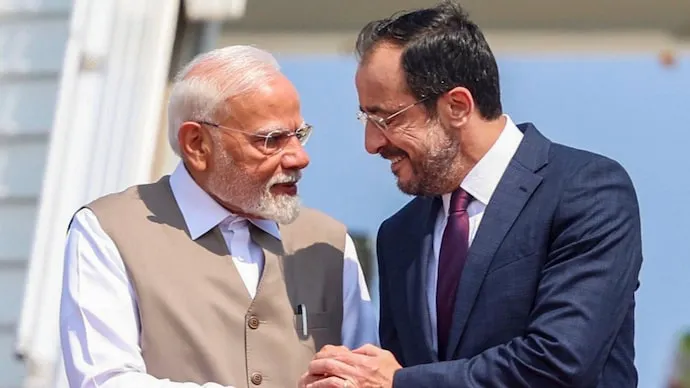
Modi in Cyprus: A Historic Diplomatic Breakthrough After Two Decades.
By Sobiya Banday | Tue Jun 17 2025
Historic Arrival in Cyprus Prime Minister Narendra Modi embarked on a two day state visit to Cyprus from June 15 to 16, 2025, marking the first Indian Prime Ministerial visit to the island nation in over two decades, only two such visits to Cyprus have taken place in the past 40 years, by Indira Gandhi in 1982 and Atal Bihari Vajpayee in 2002. Modi was received with ceremonial honors at Larnaca International Airport and later welcomed at the Presidential Palace in Nicosia by President Nikos Christodoulides. The visit symbolized a major diplomatic milestone in India-Cyprus relations. Modi was also greeted by members of the Indian diaspora in Limassol, showcasing the close cultural ties between the two countries.
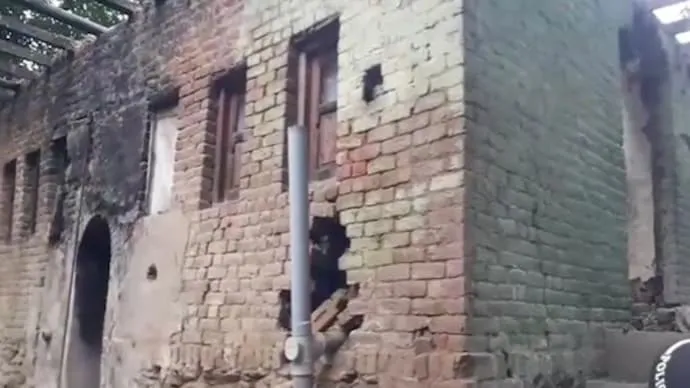
Explosion Rocks Handwara During Mosque Demolition, Three Injured.
By Sobiya Banday | Tue Jun 17 2025
What Happened. On June 16, 2025, during the demolition of an old mosque in the Kasheri area (Kachri, Langate) of Handwara ,a sub district of Kupwara, a suspicious object exploded unexpectedly. The incident took place while locals were dismantling the old structure to make way for a new mosque. Who Was Injured Three people sustained injuries: Mudasir Ahmad Mir (26, from Nutnoosa). Ghulam Ahmad Tantray (65, from Kachri). Owais Ahmad Lone (10, from Hadipora) . All were quickly taken to Sub District Hospital, Langate. Mudasir was later referred to Handwara’s Government Medical College for further treatment. Thankfully, all three are reportedly in stable condition. Security & Investigation Following the blast, security forces cordoned off the site, and police responded swiftly. Authorities described it as a "mysterious" or "suspicious" explosion and have launched an investigation to determine the cause, origin, and nature of the device.